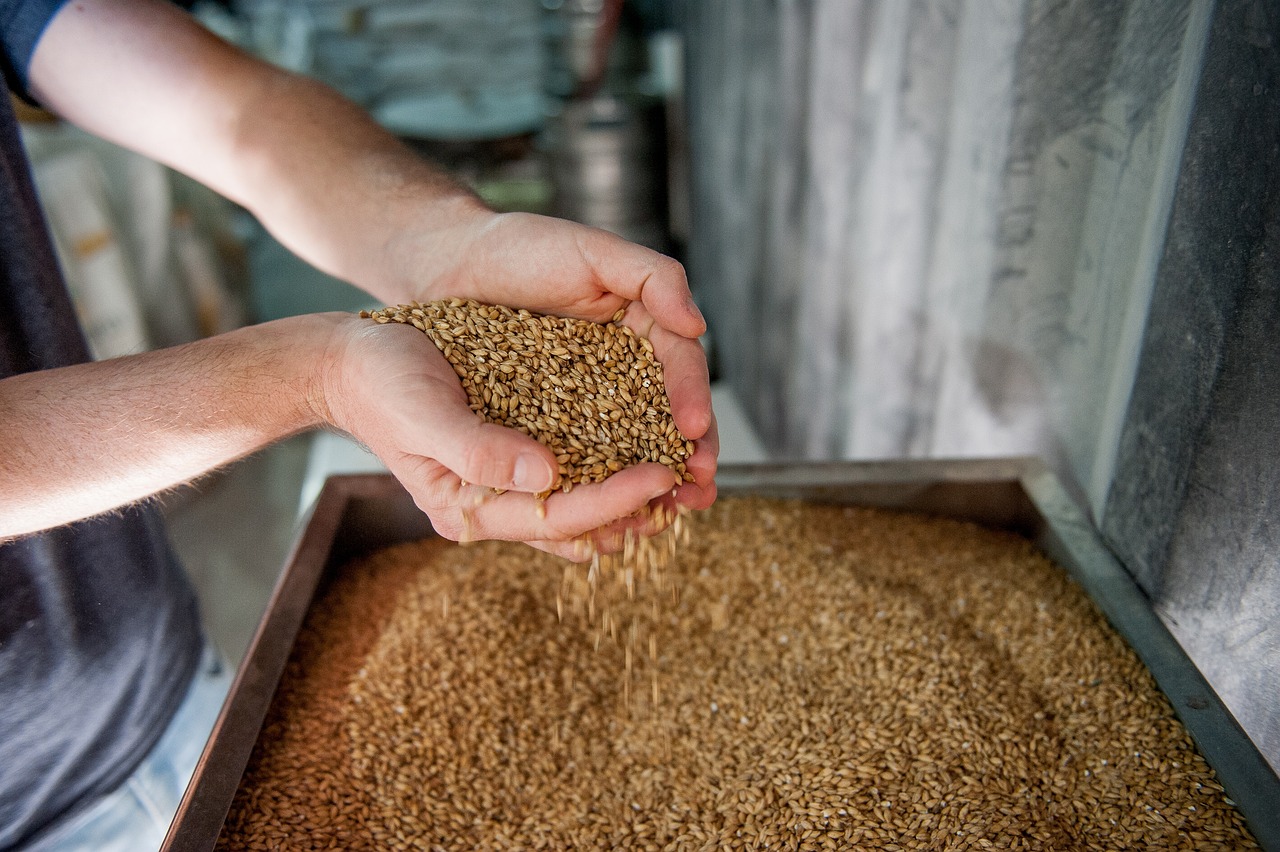The Distinctions Between Pilsner and Italian Pilsner: A Tale of Two Beer Styles
 Beer enthusiasts around the world often find themselves intrigued by the diverse array of beer styles available, each with its own unique characteristics and origins. Two such styles, Pilsner and Italian Pilsner, though sharing a common ancestry in the world of lagers, exhibit notable differences that reflect the brewing traditions and cultural influences of their respective regions.
Beer enthusiasts around the world often find themselves intrigued by the diverse array of beer styles available, each with its own unique characteristics and origins. Two such styles, Pilsner and Italian Pilsner, though sharing a common ancestry in the world of lagers, exhibit notable differences that reflect the brewing traditions and cultural influences of their respective regions.
1. Origin Story: Pilsner vs. Italian Pilsner
Pilsner, the venerable Czech beer style, traces its roots back to the city of Pilsen in the 19th century. It emerged as a response to dissatisfaction with existing beer styles, leading to the creation of a pale, crisp lager that would become the archetype of the modern Pilsner. In contrast, Italian Pilsner finds its origins in Italy's burgeoning craft beer scene, where brewers drew inspiration from traditional Pilsners but infused them with Italian brewing sensibilities, resulting in a distinctive variation of the classic style.
2. Ingredients: The Building Blocks of Flavor
Both Pilsner and Italian Pilsner rely on a core set of ingredients: water, malted barley, hops, and yeast. However, Italian Pilsners often incorporate local Italian ingredients or hops, adding a unique regional twist to the brew. This infusion of indigenous flavors contributes to the complexity and depth of Italian Pilsners, setting them apart from their Czech counterparts.
3. Hops: From Tradition to Innovation
Pilsners are renowned for their signature hoppy bitterness and floral aroma, traditionally derived from the use of Saaz hops or other noble hop varieties. In contrast, Italian Pilsners embrace a more diverse hop profile, seamlessly blending traditional and modern hop varieties to create a multifaceted bouquet of flavors and aromas that reflect the dynamic landscape of Italian craft brewing.
< 4. Malt Character: Exploring Texture and Body
4. Malt Character: Exploring Texture and Body
Pilsners are characterized by their pale malt base and crisp, clean profile, offering a refreshing drinking experience with a light to medium body. Italian Pilsners, while sharing a similar malt profile, often experiment with different malt varieties or adjuncts such as corn or rice to achieve a lighter body or introduce additional layers of complexity to the flavor profile, enhancing the overall drinking experience.
5. Fermentation and Yeast: Crafting Crispness and Clarity
Both Pilsners and Italian Pilsners undergo fermentation with lager yeast at cooler temperatures, resulting in a clean and crisp finish that epitomizes the lager style. However, Italian Pilsners may explore alternative yeast strains or fermentation techniques, imparting subtle nuances and nuances to the beer's flavor and aroma profile, further distinguishing them from their Czech counterparts.
6. Overall Flavor Profile: From Tradition to Innovation
Pilsners are celebrated for their balanced bitterness, clean maltiness, and refreshing quality, making them a perennial favorite among beer aficionados worldwide. Italian Pilsners, while sharing these hallmark characteristics, showcase a broader spectrum of flavors and aromas, reflecting the innovative spirit and creative prowess of Italy's craft beer community.
In summary, while Pilsners and Italian Pilsners share a common lineage and brewing techniques, the latter embodies the spirit of innovation and experimentation that defines Italy's vibrant craft beer scene. Through the harmonious fusion of tradition and innovation, Italian Pilsners offer a tantalizing glimpse into the dynamic evolution of beer styles, inviting enthusiasts on a sensory journey that celebrates the rich tapestry of brewing culture around the world.
